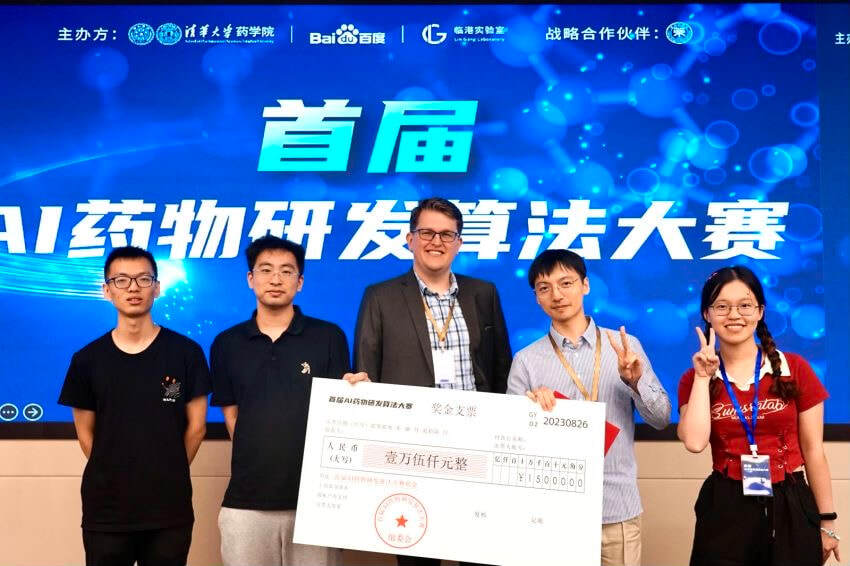
We've been working with our colleagues at IceKredit on an exciting project for the First Global AI Drug Design Competition sponsored by Baidu and Tsinghua University to help identify potential COVID-19 treatments. Using advanced machine learning, we developed a model that can predict whether new compounds might be effective against SARS-CoV-2.
What makes our approach special is that it looks at molecules from multiple angles - both the fine details of their structure and their broader chemical fingerprints. This multi-scale view helps us make more accurate predictions about which compounds are worth testing in the lab.
This work builds on our recent publication in the Journal of Computer-Aided Molecular Design and shows how our computational methods can be applied to tackle urgent health challenges like the pandemic.
What makes our approach special is that it looks at molecules from multiple angles - both the fine details of their structure and their broader chemical fingerprints. This multi-scale view helps us make more accurate predictions about which compounds are worth testing in the lab.
This work builds on our recent publication in the Journal of Computer-Aided Molecular Design and shows how our computational methods can be applied to tackle urgent health challenges like the pandemic.
